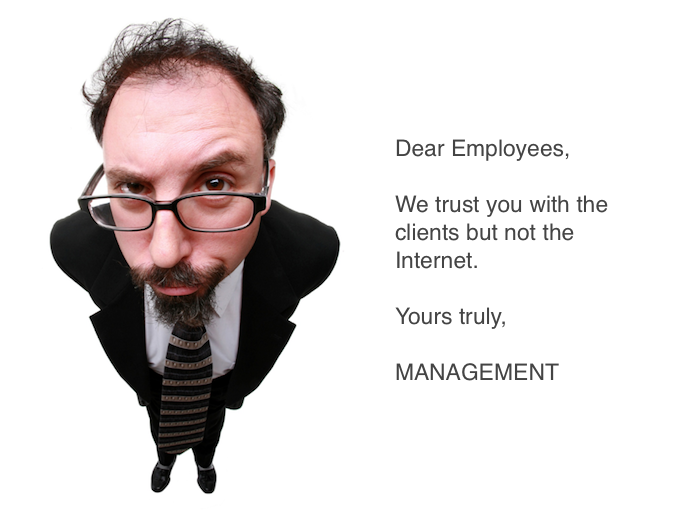Share article
Having online, instant access to any company we want to know more about has had such a significant influence on the way companies must now behave and make decisions. This access to information has completely changed the way we approach marketing and client communications and clearly it can be a scary thing for insurance agencies not used to being open about their operations and ideas.
Online communication has taken everything we’ve known (think Boomers and Gen-Xers) about sharing company information and safeguarding secrets from the competition and turned it all on its head.
Now, the more open you are, the more people want to know and the more interested they are in possibly doing business with you. And conversely, the less you share, the more suspicious people become about your intentions, wondering what you are hiding.
At this point, more really is more when it comes to being open about your company and the people who work there. Everyone should at least have a LinkedIn profile and most should be actively participating online daily. They represent your company and buyers are expecting to find this type of information and activity.
But questions of trust prevent insurance agency owners from taking action
"How do I know my employees will say the right thing? How do I know that they’ll not share our secrets or say something damaging about the company?"
Good questions, but let’s take a look at the bigger picture.
So much of social media in the workplace is about trusting your employees, which is already the foundation of good management practices. You trusted them enough to hire them. And now that they’re on your team, you trust them with your company message every day in communicating with clients, prospects, and partners.
Social media is simply another vehicle for your employees to communicate the company message and engage with your prospects and customers. If this worries you, then evaluate how well you communicate with your employees about the company, its goals, values, and policies.
- Are you are consistently sharing and reinforcing your message to your staff and actively engaging them as a part of the company vision?
- Do they have a clear understanding of company values?
- Do they know how their role in the company fits with the overall vision?
Maybe the first question to ask is actually, “Do you even have company purpose, values, and vision defined to be sharing with the team?” Without this, then yes, it’s very scary to think what people might say. Because you’ve given them no guidance.
But if you have, then you’re already on the right path for embracing open, online communication as integral marketing vehicles.
Trusting your team to speak for the company is the first step.
Know what you can and can’t control
The next step is having a clear understanding of what is within your control.
A few short years ago I approached companies we work with, asking them to have some of their more vocal and socially involved team members do some blogging on our site. And I got a reaction that really surprised me.
Instead of jumping at the idea of getting additional exposure for their brands and ideas, they instead responded that they couldn’t let their people do that because the company had to control the message. Even though processes could have been put in place for company review of articles before posting, they basically cut it off because of some fear.
Could it be that they didn’t trust their people? Or was it that they have a philosophy of tightly controlling company messages (read: sanitize everything)? Could it be that the company brand doesn’t allow for individual personalities? Whatever the case, it’s not an approach to communication that is resonating with buyers today. Especially as we see generational changes in influencers and decision-makers, the more tightly you hold your cards, the less you’re going to be considered a viable business partner.
Now, not long after making that request, LinkedIn opened their publishing platform to all their users and instantly everyone had access to do their own very public publishing – and they didn’t need company permission. Not surprisingly, some of the very people I wanted to publish on our site started publishing their own articles.
The lesson here is that you can’t control what people do and say online; you don’t have control over their accounts. But you do have control over who you hire and how you choose to communicate company values with them, build trust and rapport with them, and communicate guidelines for how you want them to behave and represent your company. If they stray off the path, then you need to take action. But to think that you can hide them or control their behaviors is very 1990.
Time to take action
Take a good review of how you’ve defined core aspects of your company and how well you’re communicating it and living it. If you feel good about the alignment, then it’s time to open up online.
If you’re uncomfortable with any aspects of your definitions, communications, or trust with your employees, then you’ve got some work to do in-house. And you need to make it an immediate and top priority for this year because business is moving quickly and no one is going to wait for you to catch up.
Photo by Scott McLeod with language reference modification.
Editor's Note: This post was originally published in July 2010 and has been updated for freshness, accuracy, and comprehensiveness.

